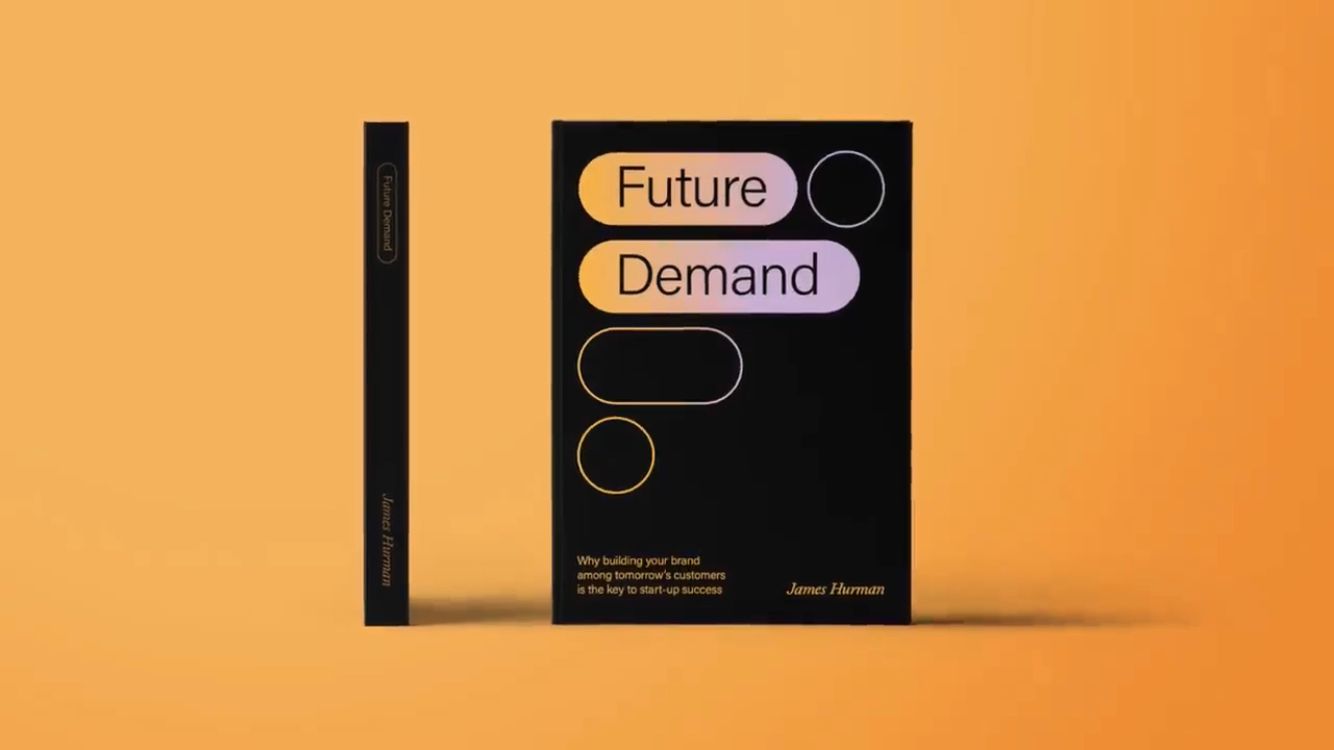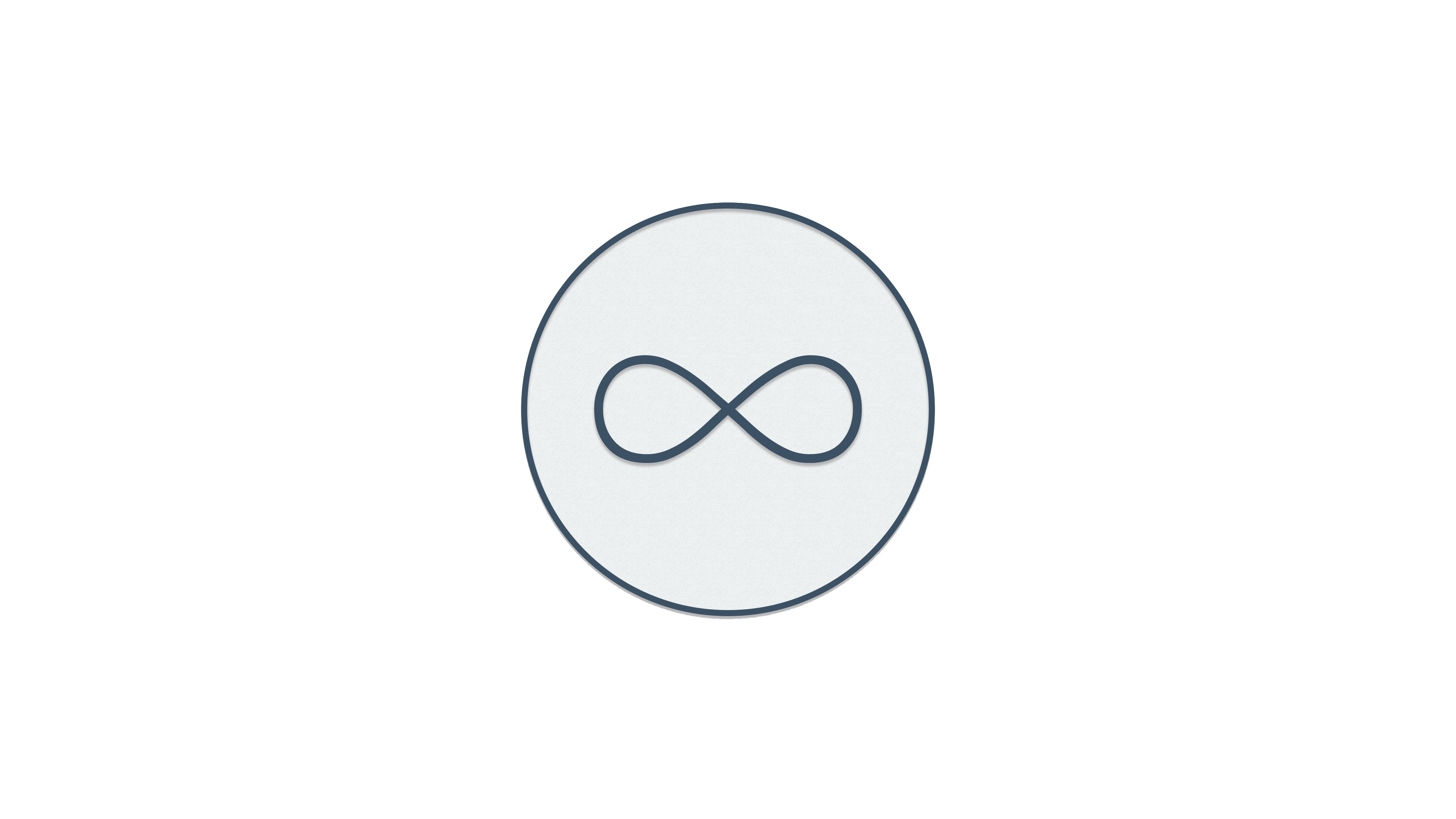Future Demand, Part 1, Types of Demand
Future Demand. The most important recent work explaining the power of brand.

A new book* titled Future Demand is the most important recent work explaining how "brand marketing" drives future growth for startups and scaleups.
Written by James Hurman, the book clarifies how marketing investments today drive demand for your products and services long into the future.
It is based on James’ lengthy and successful career sitting on both sides of the table as a marketer and agency guy. His book is supported by research and findings from Ehrenberg-Bass, Kantar, and the IPA.
In the next few posts I will share highlights from Future Demand, with the goal of inspiring you to engage with his ideas. It might be the difference between a startup failure or you building a rocket ship.
Types of demand (generation)
In part of one James book he discusses types of demand, which he groups as "existing demand" and "future demand."
James argues that when companies "harvest existing demand and create future demand concurrently, growth is sustainable and sustained." He says that it's marketing’s job is to do both and that neither is enough on its own.
It is important to note that although he writes about harvesting existing demand, demand is a fundamental economic principle, not a marketing one. Marketers cannot create demand that doesn't exist.
While I'm at it, advertising is a weak force. Moving on ...
Since writing this post in 2022 there was an increase in the number of agencies claiming to be able to generate demand, but without apparent adherence to fundamental economic principles.
Demand generation became a thing, except that it's nonsense:
People buy (especially in B2B) because internal state changes within the organization have surfaced an urgent, high-value, and widely recognized need that did not previously exist. If marketers could "create demand," there would be no seasonality. — Dale W. Harrison via LinkedIn.
Why then does James discuss creating future demand when marketers can't create economic demand? Two thoughts on this:
- He writes that good marketing creates "familiarity, trust and a rapport with people who will enter our category in future." In other words, brand salience. Salience ensures that when a buyer enters the market your brand is the one of two or three automatically in their consideration set. If it's not, the chance of making a deal is substantially smaller than those who are. Like nearly zero.
- Future Demand was written in an era of increasing questioning of the power and value of marketing, especially for startups where product is everything. The book is as much an attempt to position marketing to executives and investors as the driver of future growth as it is an explainer of how to do it.
95/5 rule & demand
A marketing principle that's useful in explaining these demand generation concerns is the 95/5 rule developed by John Dawes at Ehrenberg-Bass and the LinkedIn B2B Institute. The rule proposes that as few as 5% of category buyers are in-market at any given time.
Peter Weinberg & Jon Lombardo wrote an excellent explainer about principle in a post on Marketing Week back in 2021:
95% of the buyers that you reach are out-of-market and won’t buy for months or even years. Contrary to popular belief, you cannot persuade the buyer to go in-market because they already have what you’re selling and won’t need a newer version any time soon.
In James' context future demand is the creation of brand salience. Just as the 95/5 rule should change how B2B marketers do their job, James' book is an invitation to invest in future growth. And who doesn't want that?
Part One, Takeaway
If you already understand the value of building a memorable brand and seek a direct and effective way to explain the value to your C-suite, board, or investors, explain that you’re creating future demand. It is an easy to understand concept that will guide a conversation about today's investments delivering future results.
Part One, Listen
James generously released the audiobook as a podcast, available on most popular streaming platforms.
Purchase Future Demand
No affiliate links, straight from the source: direct from James; Kindle.
* Future Demand was published in 2022 and this post written in July of that year. The post was updated April 2024 to discuss the concept of demand generation, which became a marketing meme in the two years since.
